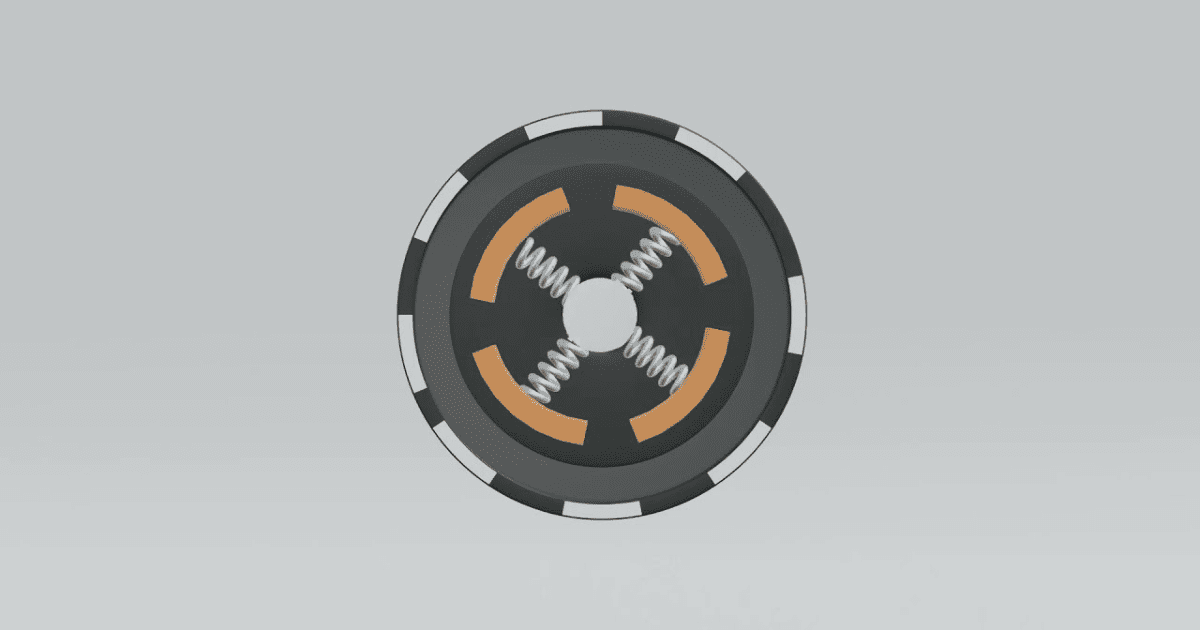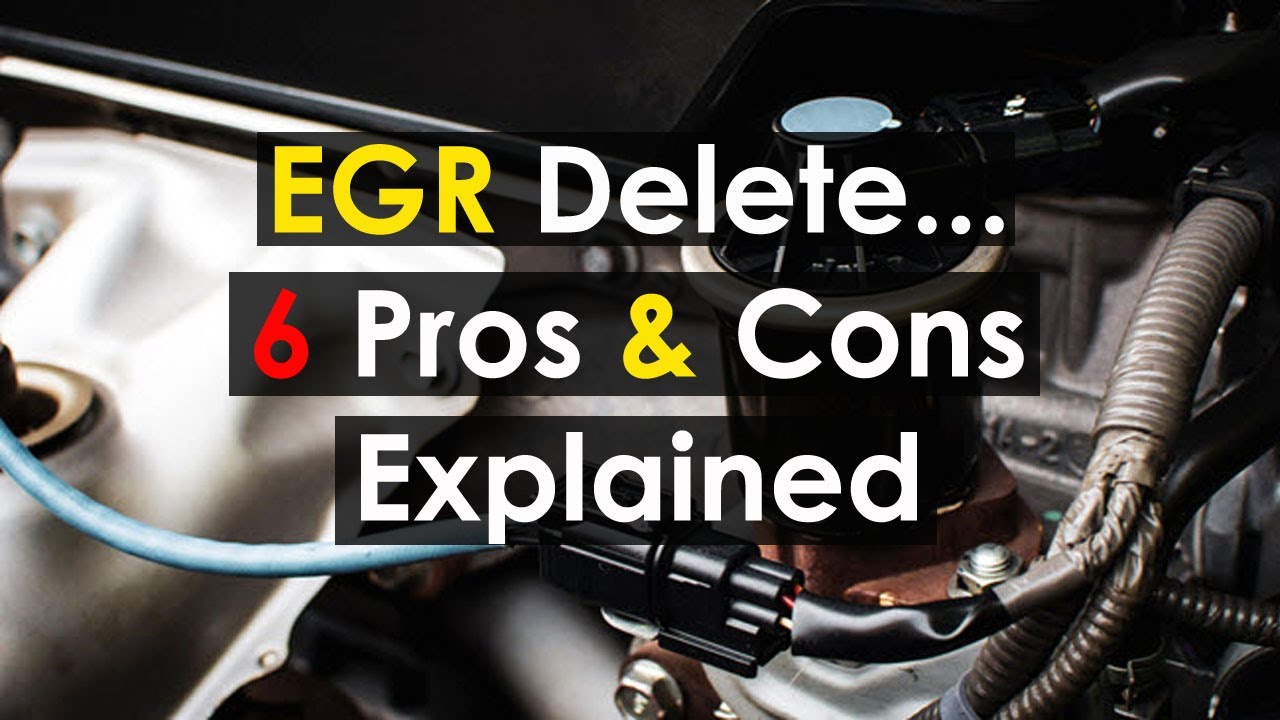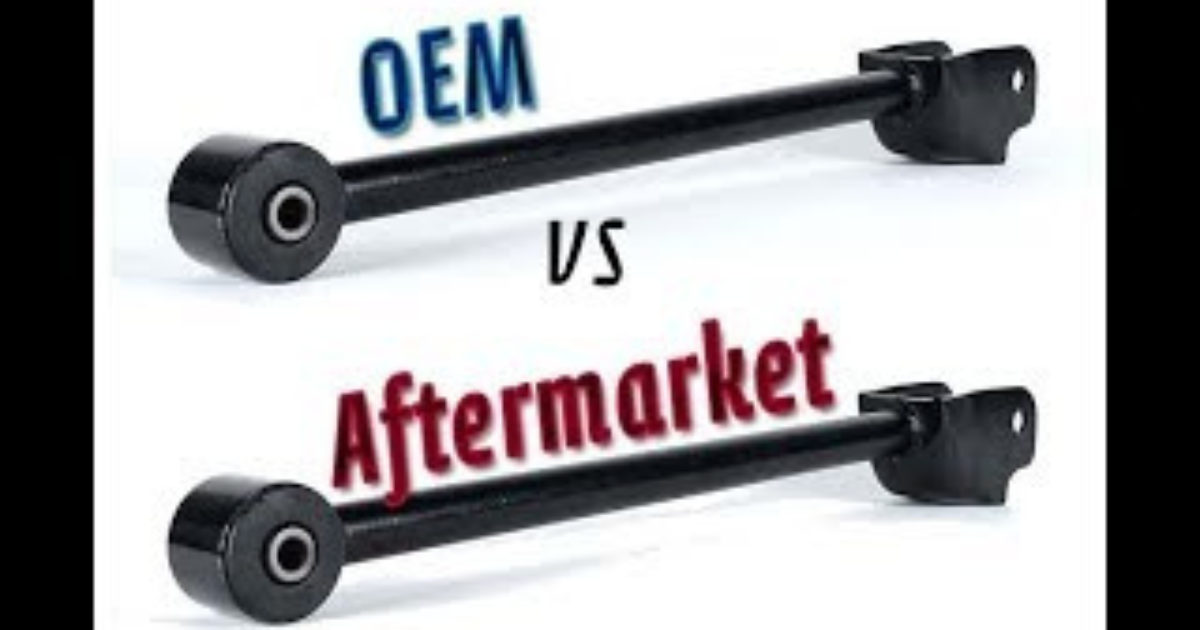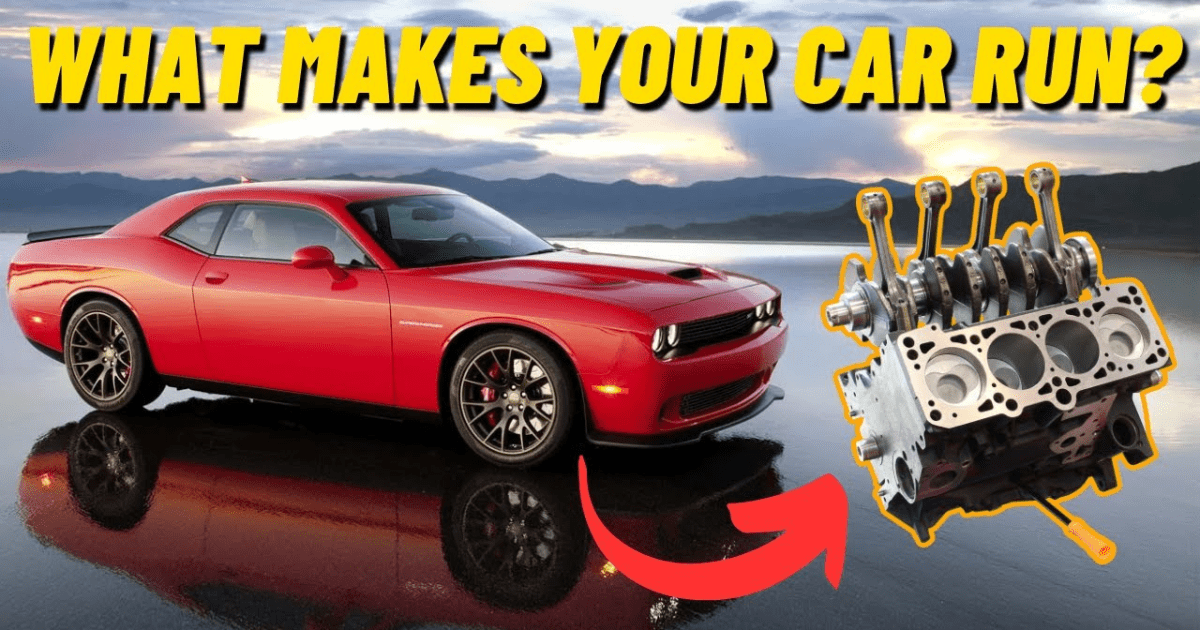A clutch is a crucial component in any vehicle, as it enables the engine to disconnect and connect with the transmission system. This enables the driver to change gears and control the vehicle’s speed. Friction clutches are the most common type of clutch used in vehicles, and they operate by using friction to transfer power between the engine and transmission. In this article, we will explore the different types of friction clutches, their advantages, and disadvantages.
Types of Friction Clutches:
- Single-Plate Clutch: The single-plate clutch is the most basic type of friction clutch. It consists of a clutch plate, pressure plate, and flywheel. The clutch plate is connected to the transmission input shaft, while the pressure plate and flywheel are connected to the engine. When the clutch pedal is depressed, the pressure plate moves away from the clutch plate, releasing the connection between the engine and transmission.
- Multi-Plate Clutch: The multi-plate clutch is similar to the single-plate clutch, but it uses multiple clutch plates to increase the surface area of the friction material. This enables the clutch to transmit more power and handle higher torque loads.
- Disk Clutch: The disk clutch is a type of multi-plate clutch that uses disks instead of clutch plates. The disks are stacked together, and the friction material is bonded to the disks.
- Centrifugal Clutch: The centrifugal clutch is an automatic clutch that uses centrifugal force to engage and disengage the clutch. It is often used in small engines and motorcycles.
- Cone Clutch: The cone clutch is a type of clutch that uses a conical friction surface to transmit power. It is often used in heavy-duty applications, such as industrial machinery and construction equipment.
Advantages of Friction Clutches:
- Simple and Reliable: Friction clutches are simple and reliable, making them easy to maintain and repair.
- Smooth Engagement: Friction clutches provide smooth engagement, which improves the driving experience.
- Cost-Effective: Friction clutches are cost-effective, as they are relatively inexpensive to manufacture and install.
Disadvantages of Friction Clutches:
- Wear and Tear: Friction clutches are subject to wear and tear, which can lead to decreased performance and increased maintenance costs.
- Heat Generation: Friction clutches generate heat when they are engaged, which can lead to overheating and decreased performance.
- Complexity: While friction clutches are simple in design, they can be complex to install and adjust correctly.
Conclusion:
Friction clutches are an integral part of any vehicle’s transmission system. They provide smooth engagement, are cost-effective, and are simple and reliable. However, they are subject to wear and tear, generate heat, and can be complex to install and adjust correctly. Understanding the different types of friction clutches and their advantages and disadvantages can help you make informed decisions when it comes to maintaining and repairing your vehicle’s clutch system.




